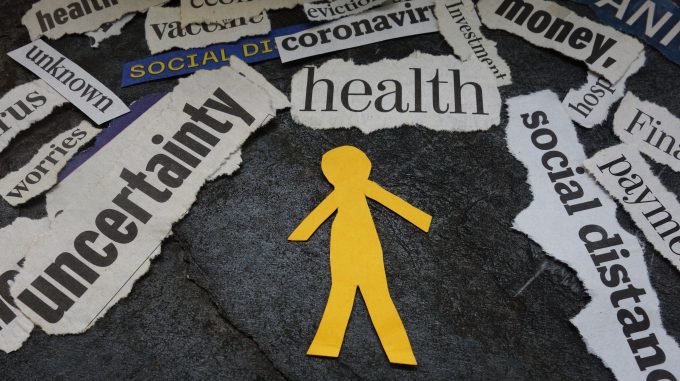Was Quarantine and the COVID-19 Pandemic Detrimental to People’s Mental Health?
On March 13, 2020, daily life as many people knew it would completely change. Once busy streets became vacant as individuals quarantined and stayed home amidst the COVID-19 pandemic. With the shell shocking news of required mandates to wear masks and travel restrictions and lockdowns, the nation was at a complete standstill as fear of the disease continued to spread throughout the nation. In the first few weeks of quarantine, many individuals were able to spend time with family, continue unfinished projects and enjoy their time at home to just relax. But as weeks turned into months, those once happy and relaxing feelings morphed into anxiety and depression as COVID-19 raged on. As quarantine restrictions start to ease in the nation today, the aftermath of quarantine has affected many people’s mental health and outlook on life, whether it’s positive or negative. In this article, I am going to be talking about the day-to-day life of quarantine and its impacts to people’s mental health.
The Social and Creative Side of Quarantine:
During quarantine, social media platforms and app downloads were at notable high download levels and use. According to Social Media Today, there was a 20 percent increase in app usage and a five percent increase in app downloads from the play store for Android devices while iOS devices had a 15 percent increase in app downloads alone. Among this increase in app downloads and usage, the top app downloaded on both Android and iOS devices was TikTok with Zoom and Houseparty in a close second and third place.
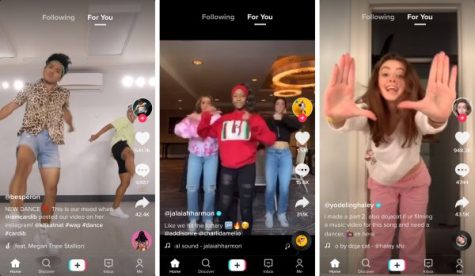
Released in the fall of 2016, Tiktok– a social media platform that shows a variety of short videos made by content creators in a vast amount of genres– had a notable rise to fame during the six month quarantine period and continues to be the top downloaded app in December of 2020. On a normal day during quarantine, content creators and users would spend hours on Tiktok, the average being about 52 minutes a day for adults and 80 minutes for younger children and teenagers. Users across the nation used Tiktok as a creative outlet to express themselves within a certain community and audience. Tiktok served as a positive distraction against the raging pandemic, allowing people to engage with each other. From the #wipeitdown challenge to baking cloud bread and “povs” (point of views), the app created a sense of community and togetherness for people.
In addition to the rise of social media and app usage amidst the stay-at-home orders, music produced during and after quarantine served as an escape, an outlet for creativity and as a means of self-expression during hard times. Songs like “Better Days” by OneRepublic, “Six Feet Apart” by Luke Combs and “IDK You Yet” by Alexander 23 were created during the quarantine period, and each song created a sense of relatability to all that would listen and brought along the idea of belonging and that “we are all in this together.” From viral videos of people singing covers together to parodies and remixes of songs, music helped to provide ease of mind and creativity to people across the globe.
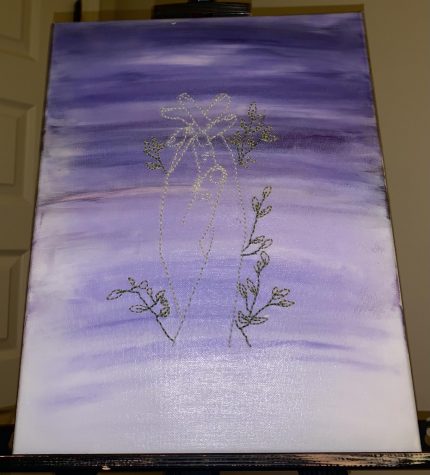
While TikTok and music were prevalent in a quarantined society, many people also started new hobbies, such as cooking/baking, doing puzzles and drawing/painting, to pass their time during quarantine. “I took off work for two months, so I had a lot of free time that I was not used to having. I picked up the hobby of painting and hand knitting…. I also baked and cooked a lot during quarantine” Caroline Ring, senior, expresses. With a lot of free time on Ring’s hands, she was also able to spend “quality time with [her] family” and have time to relax.
The Reality and Psychological Effects of Quarantine and COVID-19 on the Populous:
While there were some positive aspects during quarantine, like a feeling of community through social media/music and having some time to relax, there were also negative psychological effects and feelings reigning through society. According to The Lancet, some of the studies reported “negative psychological effects including post-traumatic stress symptoms, confusion and anger” occurred and some of the main stressors included “infection fears, frustration, boredom and inadequate supplies.” Situations like toilet paper and food shortages and the term “unprecedented times” had a direct effect on individual’s mental health.
With fear of contracting the disease themselves or their family contracting the disease, the coronavirus created a sense of fear and suspicion and avoidance for other people. An RN at Kaiser Permanente agrees as they state “It has been psychologically challenging as people are scared. The slightest cough or sneeze makes them believe they have COVID-19. Many call and talk for long periods of time seeking reassurance or to express their fears.”
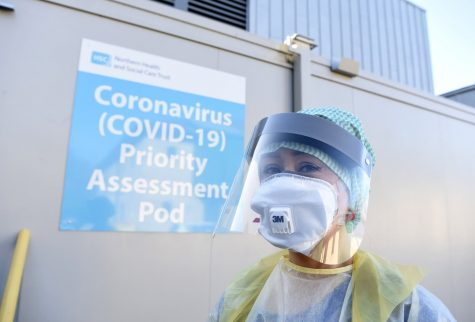
In addition to the fear of the coronavirus, many people, who have been hospitalized from the coronavirus, cannot see their own family members at this time. A tranquility hospice RN states that “we still had patients that came to our unit, and did not have any loved ones to sit by them in their last hours….Many people feel guilty that they cannot be with their loved ones and feel depression and anger.” This RN is not alone in this explanation as another nurse that works as an RN in an ICU states that “[in the ICU], families were not allowed to visit.” Not being able to see family members, who are sick, and not being able to have any one-on-one conversations with them is heartbreaking and depressing. It’s hard to imagine what that would feel like and how to react to that situation.
When talking to one RN nurse in particular, they brought to light something that not many people think of: the reality of working in the medical field at this time. While working in the hospital as an ICU Float Pool RN, they explain that, at the beginning of the pandemic, they used one “N-95 respirator mask” that was “bagged and ‘cleaned’ for the next shift.” Many of the RNs bought their own 3M respirators to use instead of the ones provided by the hospital. In addition to the conditions that the nurses have to work in, the ICU RN further explains how the normal COVID-19 patient is like in the Intensive Care Unit. They explain that “[they] have watched these patients come into the hospital and watch as oxygen requirements…increase” all the way from oxygen cannulas to life support machines. They further explained that once they reach this stage, “most do not survive when they get to [hemodialysis] state.” With the knowledge that the families cannot see their family member that may be in this state is heartbreaking; the families just hope for the best outcome. The ICU RN explains that this scenario “is continuing throughout ICUs around the world.” With everything this nurse explained to me, it put to light that while everything seems to be getting better in the current outside world, these RNs and medical professionals, even the patient’s family, are having to experience these things every day. It shows that everyone is fighting the same battle against COVID-19, whether it’s in hospitals or in the regular day-to-day world.
In conclusion, the quarantine period and COVID-19 had both negative and positive mental health aspects. Through quarantining, people’s mental health has declined through increased loneliness and fear/anxiety from the pandemic. In retrospect, the pandemic has also brought positive effects to mental health. With the rise and sense of community through social media and music and through people’s newfound hobbies, it shows that within dark and scary times, there is always something positive to look at. Creativity has showered across the nation and across the world as people had the time to work on their own unique talents.
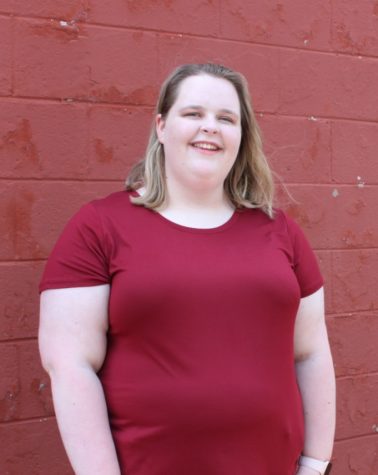
Hey everyone! My name is Melody Scott and I am a Senior this year! This is my second year in journalism, and I absolutely love writing and being a part...


